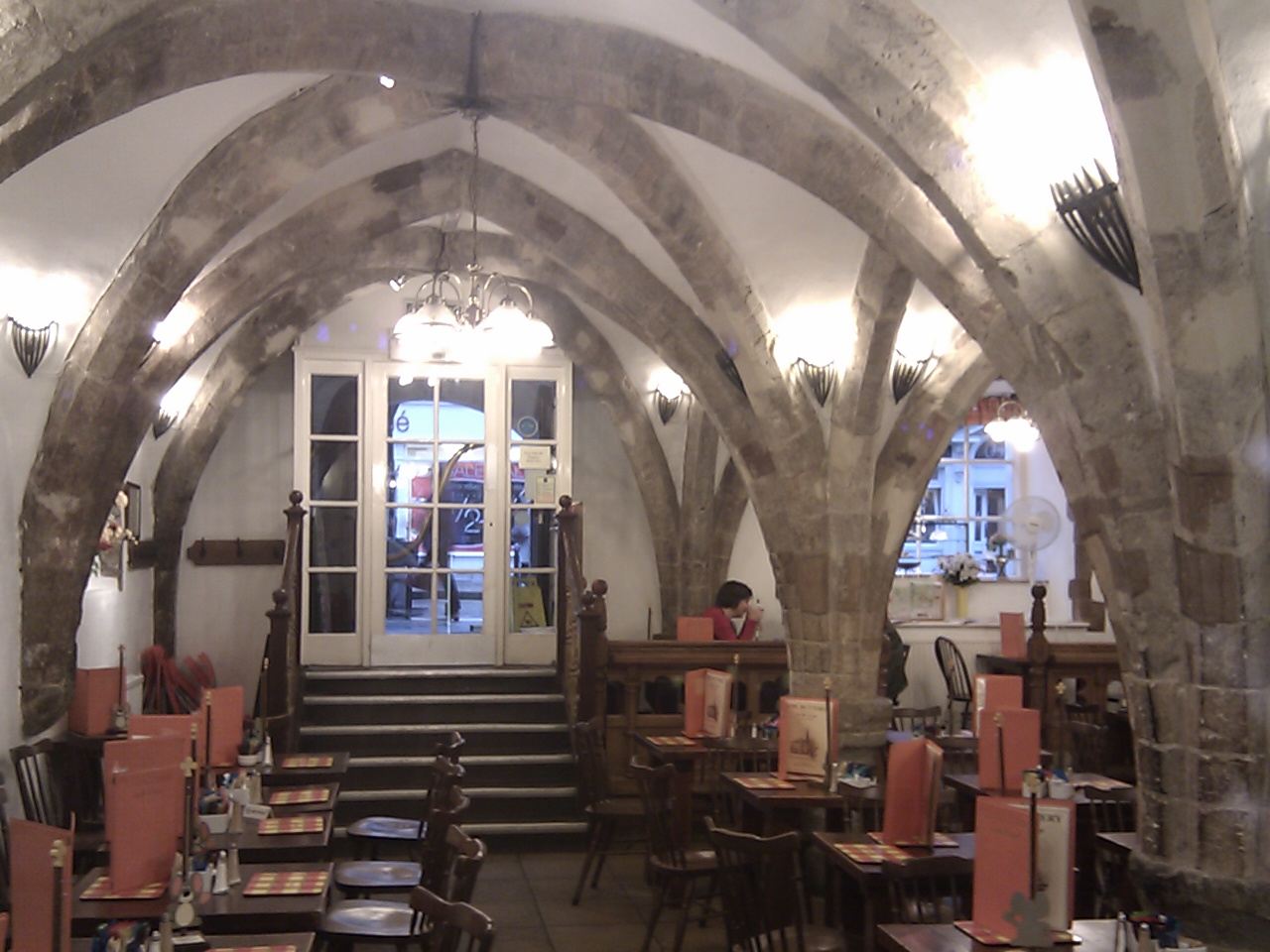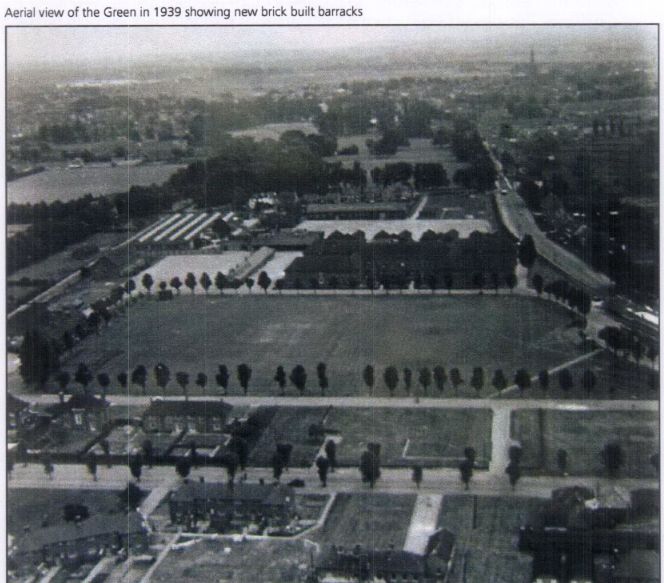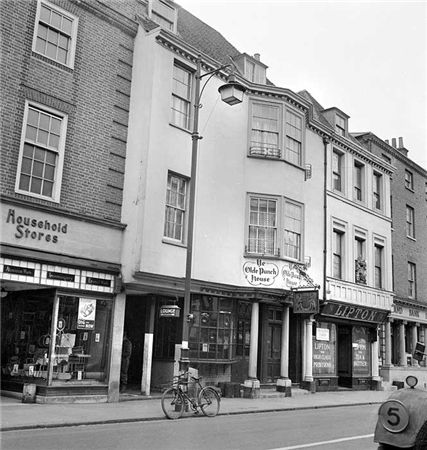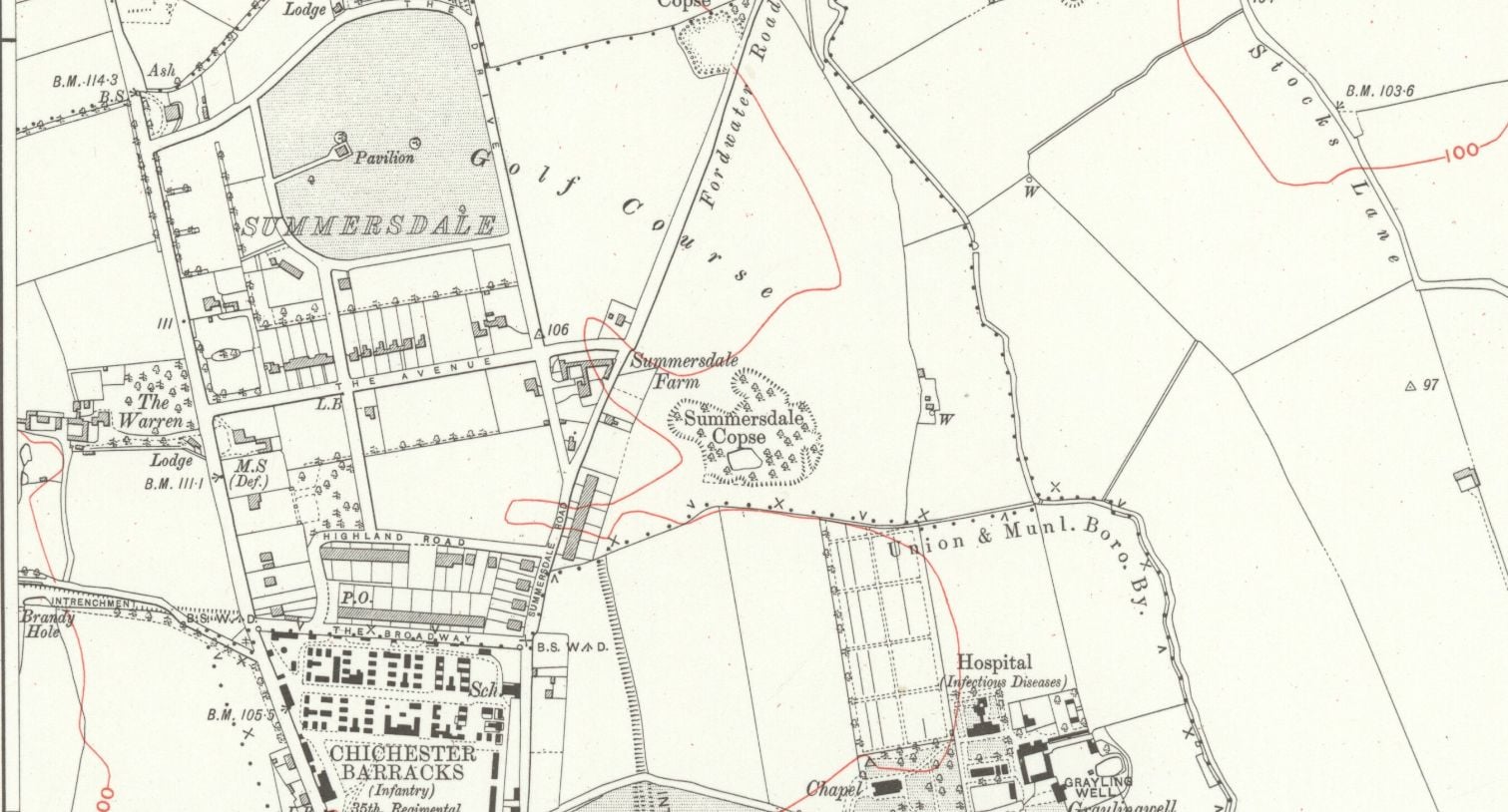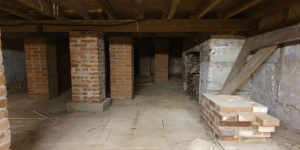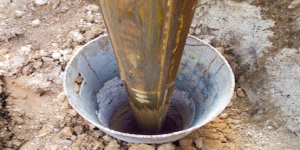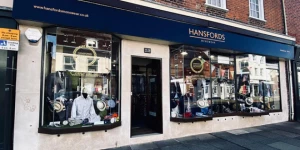Maureen Williams, 82, of Westgate, recalled a school trip into the rumoured tunnels under Chichester when she was at Chichester High School for Girls.
She estimates she was in her early teens at the time and said she chose to share her memories after reading about the search for evidence in this newspaper.
She said: "It was under the Crypt and right next to the cathedral. We had already seen parts of it and while we were down there our teacher was talking about Keats. It went along South Street."
Poet John Keats began writing The Eve of St Agnes in Chichester in 1819, as is said to have spent time in the South Street building that was formerly The Buttery at the Crypt.
"It was all to do with Keats and I think what happened is we were talking to one of our teachers about it and there was one teacher who was very kind and decided she wanted to show us.
"Keats might have gone down into them to do some writing - it was so miserable down there."
Maureen described the tunnel as dark, and with a ''black and brownish sort of colour''.
He said: "There''s a story about Keats having a coffee near the crypt and actually watching this priest emerge from the tunnels but he would have been in a room above the Buttery.
"Her story is intriguing because it ties in with the the story about tunnels under South Street that runs down the East side of the path, by Iceland. Her story adds intrigue to intrigue because of the other rumours it ties in with but I would have to start researching the whole of South Street first."
Reacting to Liam''s comments, Maureen added: "I think that, at my age, I have not gone completely gaga like I thought I had. I am 82 but I don''t feel 82 and that has made feel like I really am alive!"
All images below are from a tv show and cammonets are subjective views from presenters. TV name unknown
